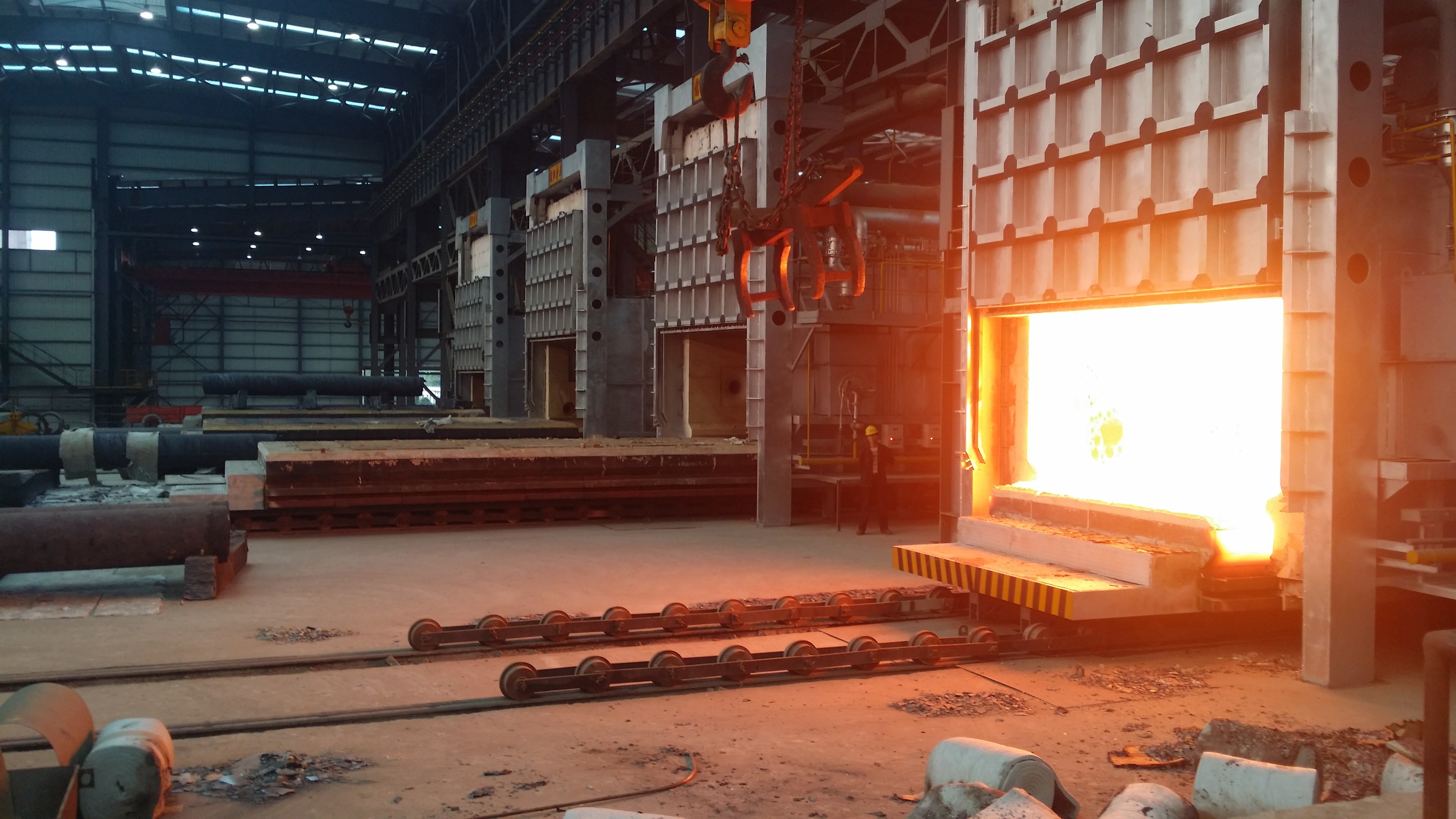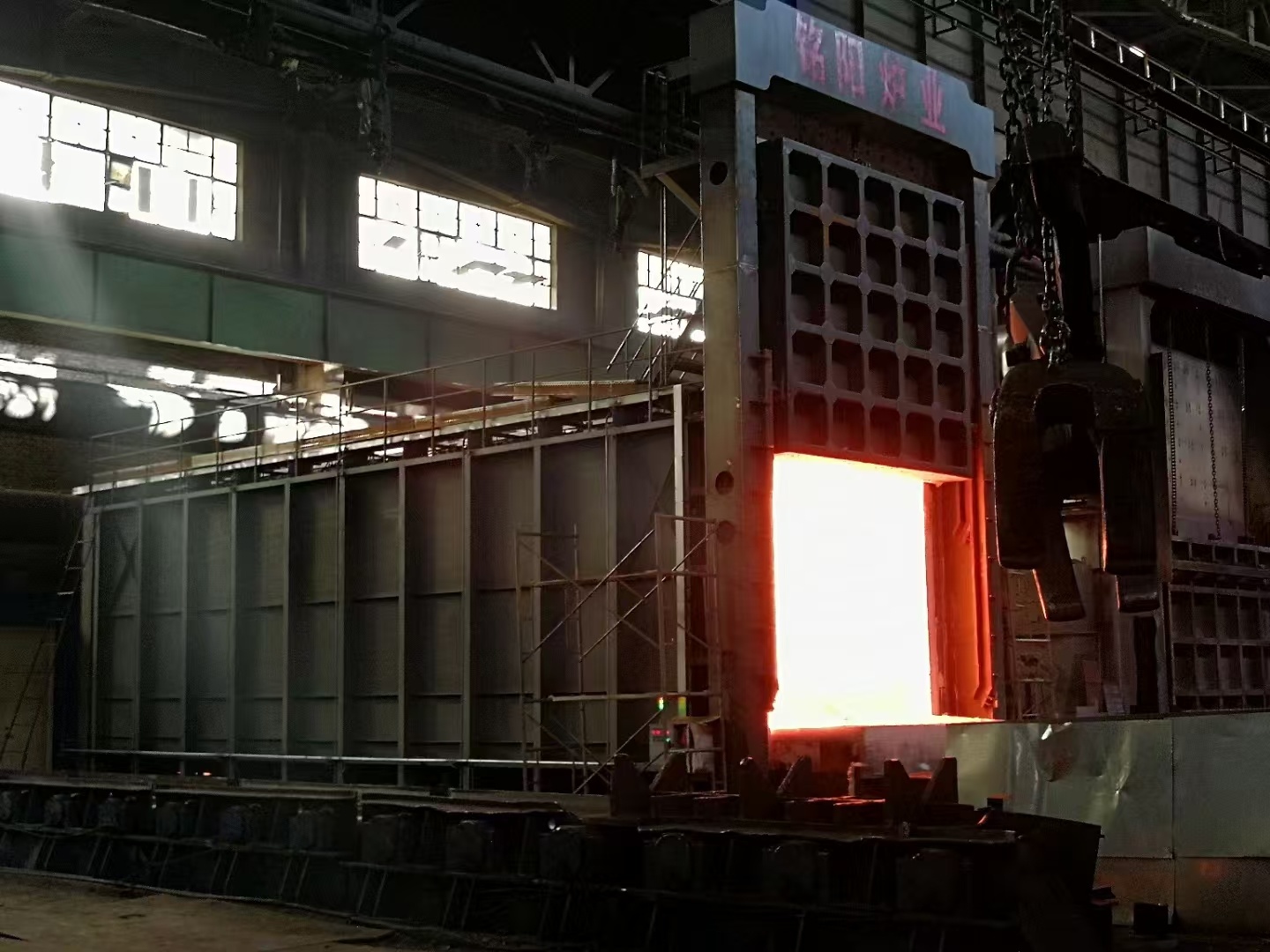


Unveiling the Newest Industrial Annealing Furnace: A Game Changer in Heat Treatment
Introduction to the Industrial Annealing Furnace
The industrial annealing furnace is a cornerstone of modern heat treatment processes. It plays a pivotal role in enhancing the mechanical properties of materials through controlled heating and cooling cycles. As industries evolve, so do their equipment needs, leading to the introduction of the newest models that promise efficiency and reliability.
Introduction to the Industrial Annealing Furnace
The industrial annealing furnace is a cornerstone of modern heat treatment processes. It plays a pivotal role in enhancing the mechanical properties of materials through controlled heating and cooling cycles. As industries evolve, so do their equipment needs, leading to the introduction of the newest models that promise efficiency and reliability. This article delves into the latest advancements in industrial annealing furnaces, highlighting their significance in the heat treatment sector.
Understanding the Role of Annealing in Heat Treatment
Annealing is a critical heat treatment process that alters the physical and sometimes chemical properties of a material. The primary aim is to reduce hardness, increase ductility, and relieve internal stresses. For manufacturers, these changes can significantly enhance material performance and longevity.
Key Benefits of Annealing
1. **Improved Ductility**: Allows materials to deform more easily without breaking.
2. **Reduced Hardness**: Makes materials easier to work with during subsequent machining processes.
3. **Stress Relief**: Minimizes residual stresses that could lead to failure during operation.
4. **Enhanced Microstructure**: Leads to a more uniform grain structure, improving overall material performance.
The Evolution of Industrial Annealing Furnaces
The development of industrial annealing furnaces has been driven by the demand for higher efficiency and lower operational costs. Traditional furnaces are being replaced by modern units that utilize advanced technologies, incorporating features aimed at improving energy consumption, process control, and material handling.
Innovative Features of the Newest Models
1. **Advanced Temperature Control Systems**: These feature precise monitoring and control of temperature variances, ensuring uniform heating throughout the chamber.
2. **Energy Efficiency**: New designs incorporate advanced insulation materials and heat recovery systems, drastically reducing energy consumption.
3. **Scalability**: The latest models are designed to cater to varying production scales, from small batches to large-scale manufacturing.
4. **User-Friendly Interfaces**: Enhanced digital interfaces allow operators to easily monitor and adjust settings, leading to improved operational efficiency.
Types of Industrial Annealing Furnaces
Understanding the different types of industrial annealing furnaces helps businesses choose the right model based on their specific needs.
Batch Annealing Furnaces
Batch annealing furnaces are suited for small to medium production runs. They allow for flexibility in processing different materials and often come equipped with features to control the heating rate and cooling phase effectively.
Continuous Annealing Furnaces
These furnaces are designed for high-volume production. They provide consistent quality by continuously processing materials through a heated chamber, maintaining precise temperature controls throughout the cycle.
Vacuum Annealing Furnaces
Ideal for high-purity applications, vacuum annealing furnaces operate in a vacuum environment to avoid oxidation and contamination. This type is particularly beneficial for sensitive materials and high-performance applications.
Energy Efficiency and Sustainability in Modern Furnaces
As industries face increasing pressure to minimize their carbon footprints, energy efficiency has become a priority in the design of industrial annealing furnaces. The latest models utilize:
Heat Recovery Systems
These systems capture waste heat generated during the annealing process and redirect it back into the system, thereby significantly lowering energy consumption.
Smart Technology Integration
The incorporation of IoT (Internet of Things) technologies allows for real-time monitoring of furnace performance and energy usage, enabling operators to make informed decisions that enhance efficiency.
Safety Features in Modern Annealing Furnaces
Safety is paramount in any industrial setting. The newest industrial annealing furnaces come equipped with advanced safety features to protect operators and materials alike.
Automatic Shutoff Systems
These systems automatically turn off the furnace in case of unexpected temperature spikes or operational anomalies, preventing potential hazards.
Enhanced Insulation and Material Choices
Modern furnaces use high-performance insulation materials that not only improve energy efficiency but also minimize the risk of burns or injuries to operators.
Choosing the Right Industrial Annealing Furnace
Selecting the appropriate annealing furnace involves several considerations. Here are critical factors to keep in mind:
Production Volume
Determine the scale of production to identify whether a batch or continuous furnace is more suitable.
Material Type and Size
Consider the dimensions and types of materials you will be processing to ensure the furnace can accommodate them.
Budget and Operational Costs
Evaluate the initial investment against long-term operational costs, factoring in energy efficiency and maintenance.
FAQs about Industrial Annealing Furnaces
1. What materials can be treated in an industrial annealing furnace?
Industrial annealing furnaces can treat a wide range of metals, including steel, aluminum, and copper, as well as some specialized alloys.
2. How does temperature affect the annealing process?
Temperature plays a crucial role in determining the effectiveness of the annealing process. Insufficient heat can leave stresses in the material, while excessive heat can lead to undesirable changes in microstructure.
3. What is the typical cycle time for annealing?
Cycle times can vary widely based on the material and furnace type; however, they typically range from a few hours to several days.
4. Can I retrofit my existing furnace with new technology?
Many modern technologies can be integrated into existing furnace systems, though feasibility depends on the specific model and age of the equipment.
5. What are the maintenance requirements for industrial annealing furnaces?
Regular inspections, preventive maintenance, and proper cleaning protocols are essential to keep industrial annealing furnaces operating efficiently.
Conclusion
In summary, the newest industrial annealing furnaces represent a significant advancement in heat treatment technology. With their innovative features, enhanced energy efficiency, and robust safety measures, they are indeed game changers for industries reliant on high-quality materials. By investing in the latest models, businesses can achieve superior material properties, reduce operational costs, and maintain competitiveness in an ever-evolving market. As the demands of manufacturing continue to grow, staying abreast of these advancements will be crucial for success.


